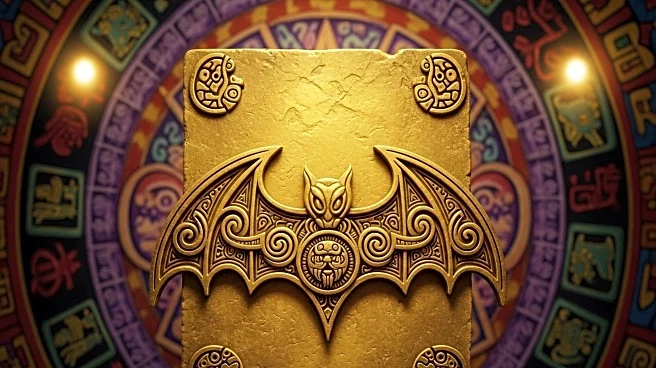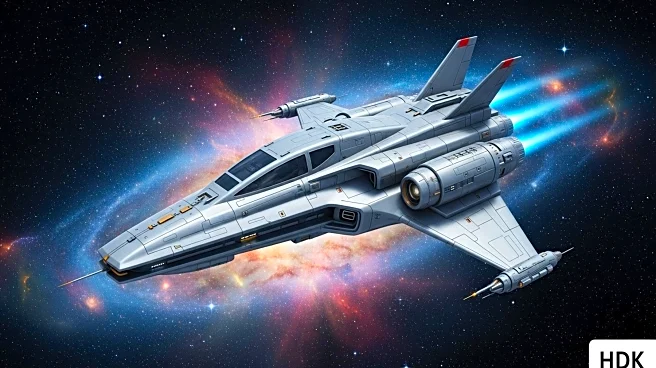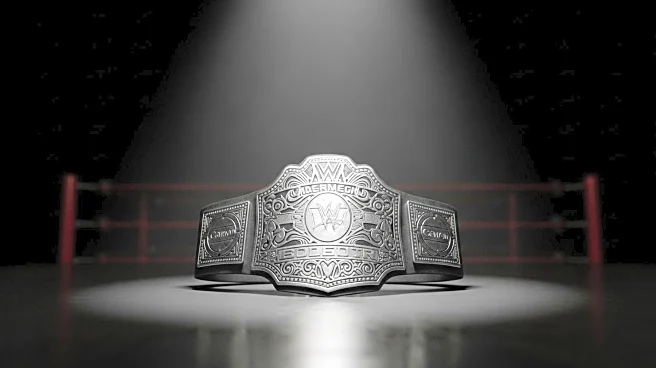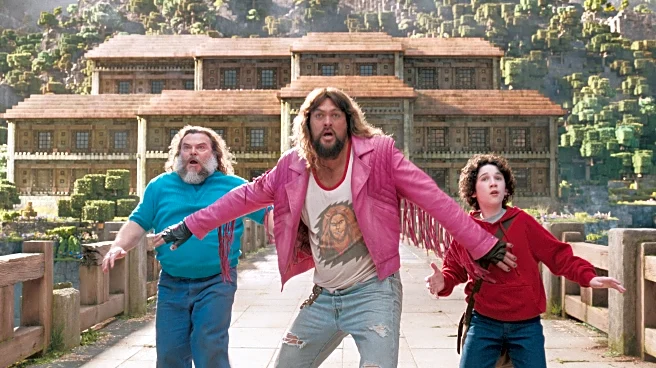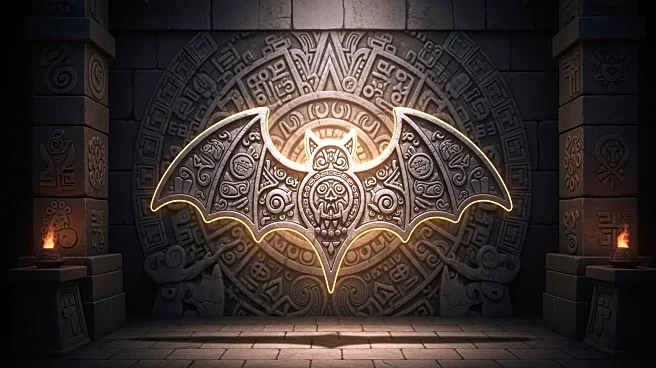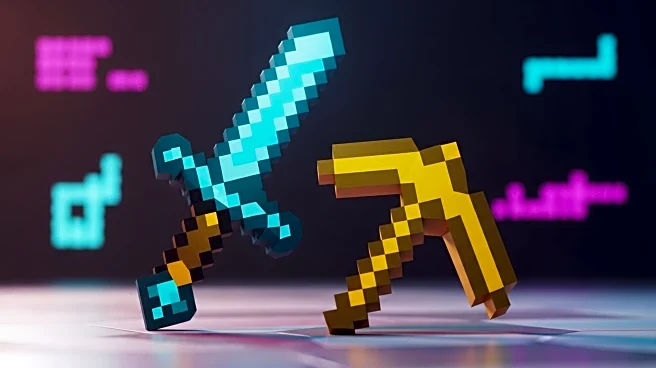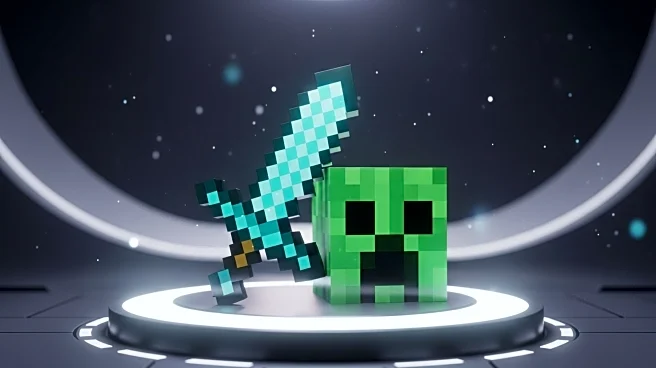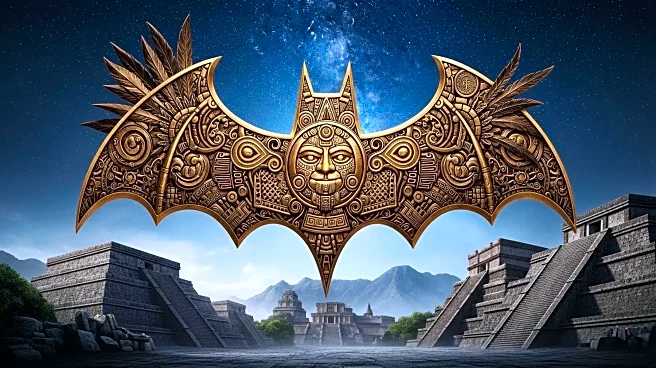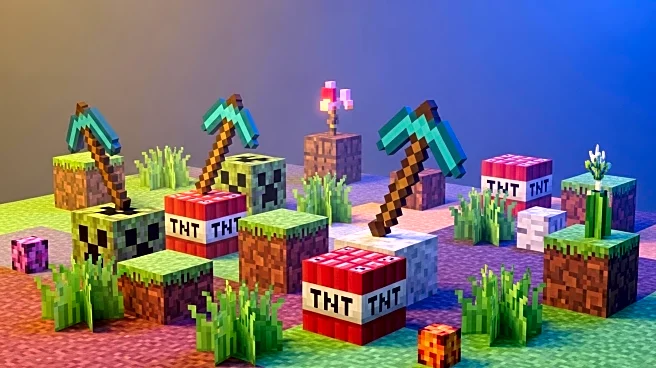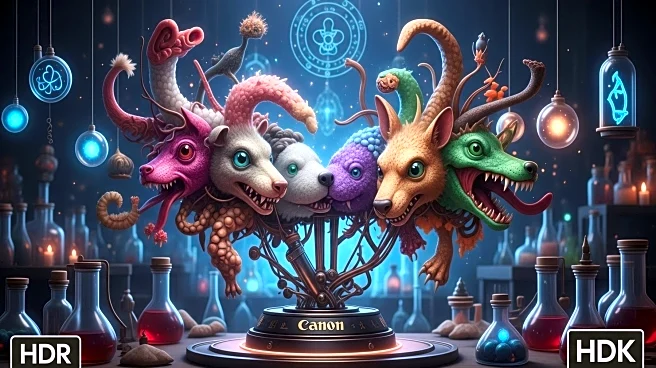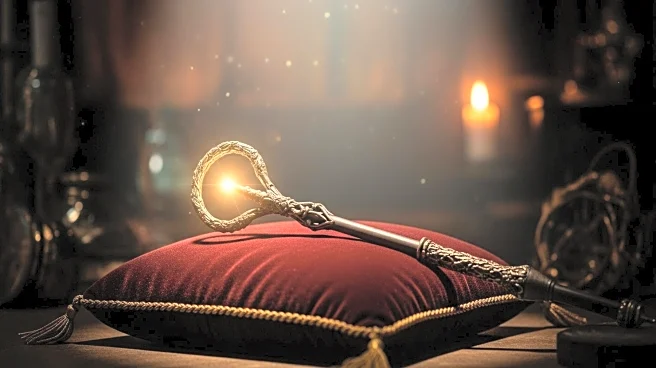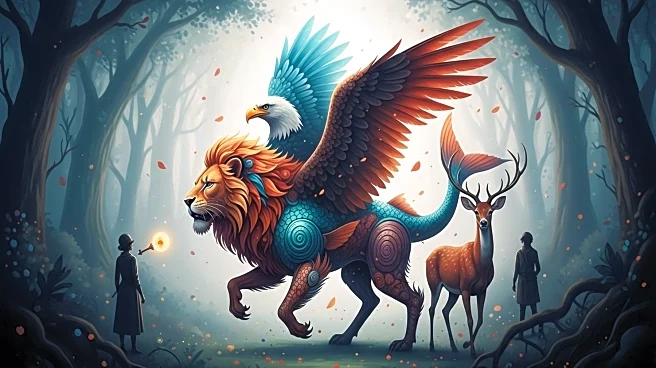What is the story about?
What's Happening?
Warner Bros., in collaboration with Mexico City-based Ánima Estudios, has released 'Aztec Batman: Clash of Empires,' an animated film that reimagines the iconic superhero within an Aztec context. The film, initially conceived as a miniseries, was released on HBO Max on September 18. It features a young Aztec warrior named Yohualli, who becomes a fierce protector after the death of his father at the hands of Hernan Cortes. The film aims to generate interest in Indigenous cultures, particularly among Mexican and Mexican-American audiences, by integrating historical elements and the Nahuatl language. The production involved Mexican talent and historians to ensure cultural authenticity.
Why It's Important?
The release of 'Aztec Batman' represents a significant cultural shift in the portrayal of superheroes, offering a narrative that highlights Indigenous perspectives and history. This film could influence the entertainment industry by encouraging more culturally diverse storytelling, potentially leading to increased representation of minority groups in mainstream media. It also serves as a tool for cultural education, fostering pride and curiosity about Indigenous heritage among younger audiences. The collaboration between Warner Bros. and Ánima Estudios may pave the way for future projects that explore untold historical narratives.
What's Next?
If successful, 'Aztec Batman' could lead to sequels or additional projects exploring alternative historical narratives. The film's reception will likely influence Warner Bros.'s future collaborations with international studios, potentially expanding their global reach and diversifying their content offerings. The creators hope to continue exploring this version of the conquest of Mexico, suggesting that more stories could be developed if the film resonates with audiences.
Beyond the Headlines
The film's approach to storytelling raises questions about the ethical representation of historical events and the balance between creative liberties and cultural accuracy. It challenges traditional narratives by presenting a perspective often omitted in historical accounts, potentially sparking discussions on how history is portrayed in media. The integration of Indigenous languages and cultural elements may also contribute to broader conversations about preserving and promoting cultural heritage.
AI Generated Content
Do you find this article useful?
